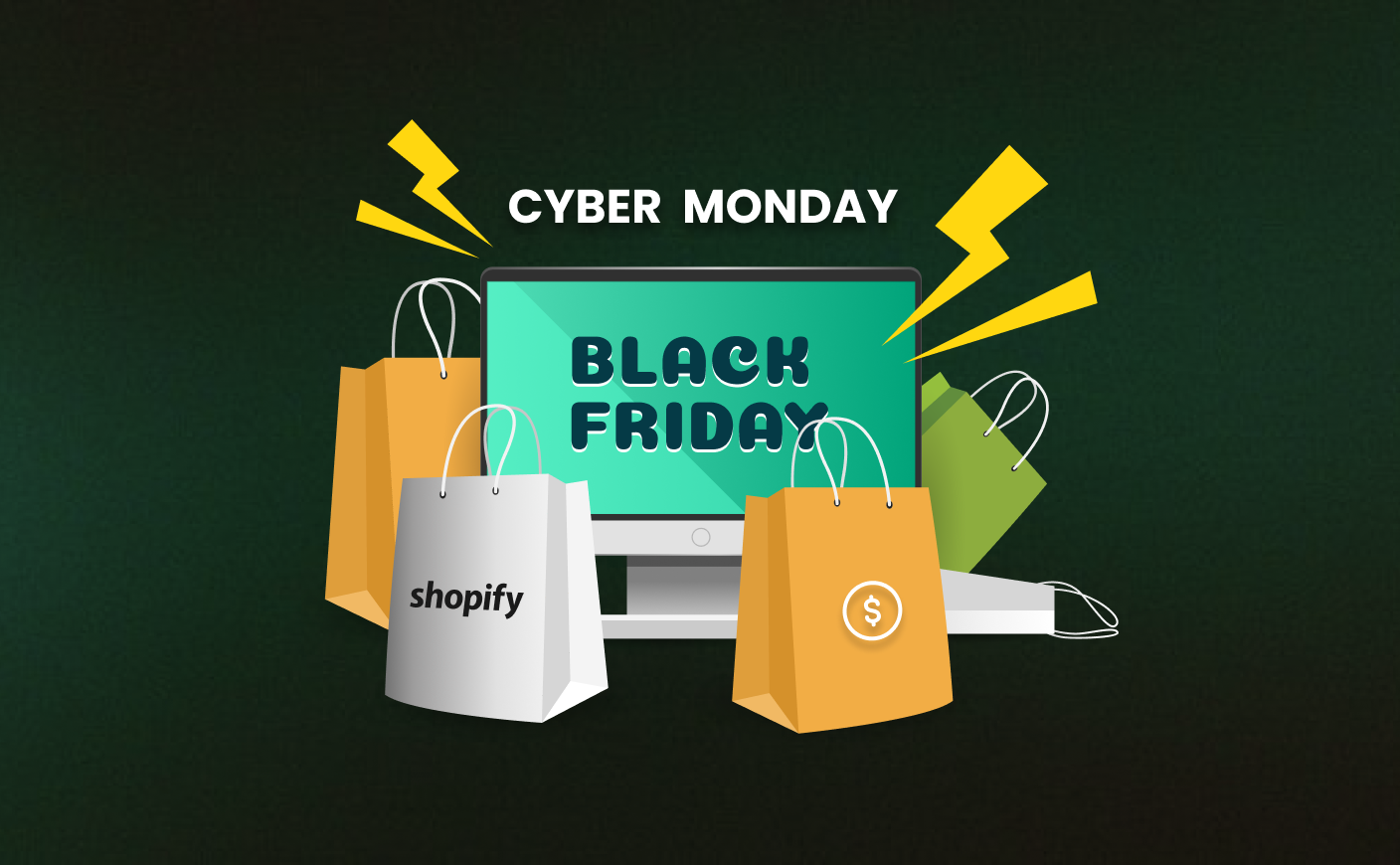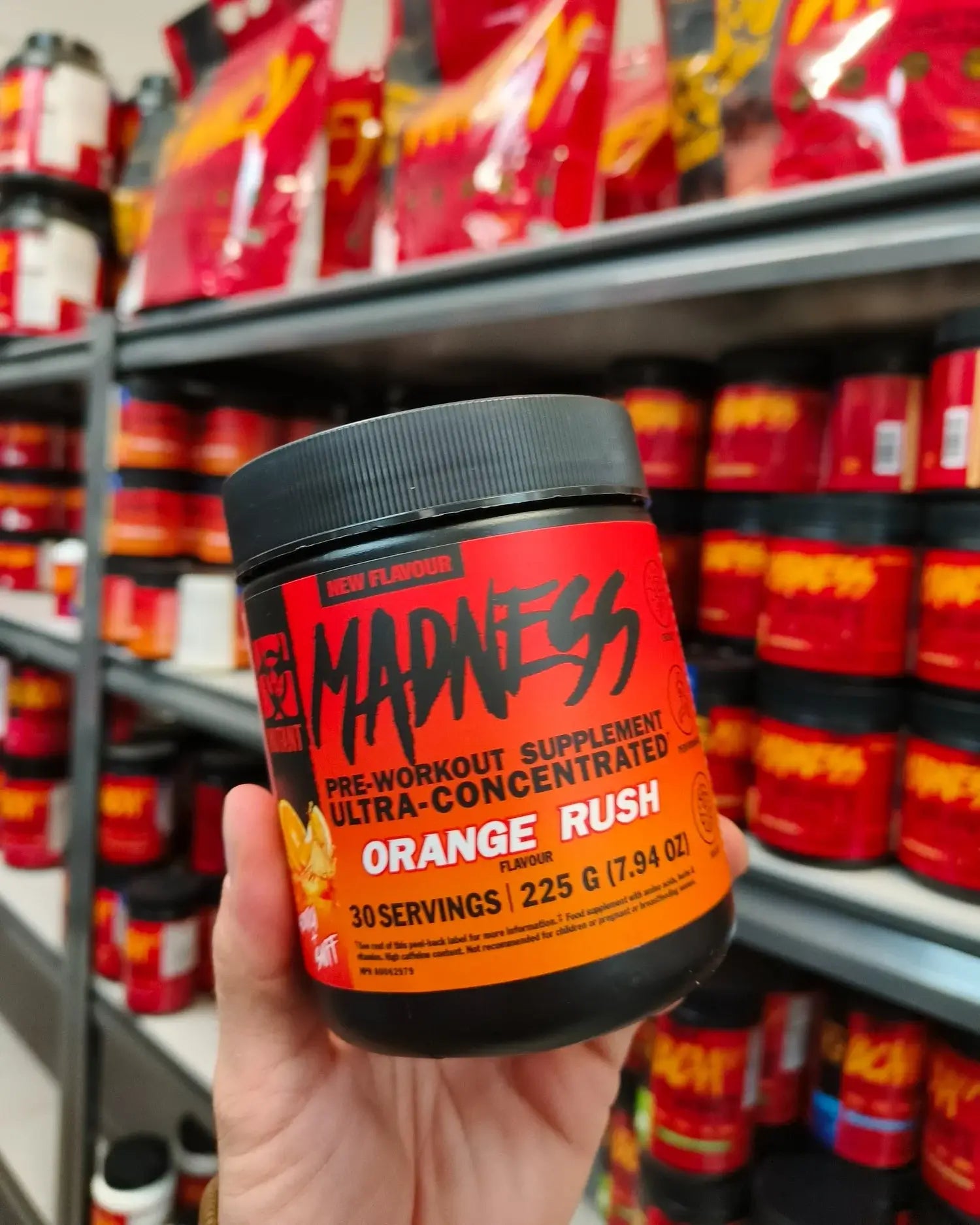How To Drive Sales To Your Shopify Store In Q4?
shopify
shopify store

The holiday quarter, Q4 is usually the most important time of the year in terms of sales and profits. The most profitable fiscal year usually begins in October with a list of one of the most important customizable holidays.
The first that comes is Halloween where consumers spend most on costumes and themed parties. Brands that offer the most customizable experience usually make the most sales at this time of the year..
The next ones are Thanksgiving and Black Friday. While Thanksgiving shares a festive spirit with Halloween, marked by decorations and personalized touches, Black Friday stands as the biggest shopping event of the year.
Shoppers are excited to score the best deals, making this the ideal opportunity to offer special offers and unique items.
To wrap up a successful year, December brings the excitement of Christmas and New Year festivities. Customers are eagerly looking for discounts during this time of year and are actively shopping for the holidays. Known for celebration and gift-giving, December is a popular month for consumers and a time of great potential for Shopify store owners.
How To Bring In More Q4 Sales To Your Shopify Store?
Today we will discuss some of the best strategies that you can implement in your marketing strategy to drive sales to your Shopify store. As one of the best Shopify plus agency, we offer strategies that are tried and tested and as per the latest trends of the industry.
#1 Know your target customer inside and out
Laser-targeting your ideal customer ensures your marketing messages connect and make an impact. Start by determining your target audience's demographics, interests, habits, and problems. By understanding these elements, you can create advertising strategies that speak to their unique requirements and driving forces, thus increasing the likelihood of them making a purchase.
How to execute:
Tools for customer insights: Study Google Analytics and Shopify Analytics to see a breakdown of preferences, buying patterns, and demographics.
Surveys and polls: Use platforms such as Google Surveys or social media polls to get direct feedback.
Buyer personas: Create detailed personas that outline the difficulties, driving forces, and purchasing patterns of the ideal customers. This clarity will help you tailor ads, content, and offers effectively.
#2 Build a stand out USP of your product
What makes you stand out from the competitors is your USP. A strong USP draws in customers and highlights the benefits of choosing you over competitors. Build your brand story around the unique selling points of your products and services, such as exceptional customer service, quality, or innovation.
How to execute:
Evaluate the competition: Analyze your competitors to find out where they are lacking or where you might make improvements. Understanding this helps in effectively positioning your USP.
Value proposition: Use this framework to identify the precise value you provide to customers, emphasising how it meets their requirements or resolves an issue.
Point out benefits: Don't just list features. Explain to your clients how the features of your product actually help them—for instance, by making things faster, easier, or providing better results.
#3 Optimize your Shopify store’s user experience for more conversion
Every element of your ecommerce store affects your conversion rate. Since Q4 is a busy shopping experience, make sure your customers have a user friendly experience on your website. Factors like fast load times, appealing visuals, and a clear layout make it more likely they’ll stay, explore, and buy.
How to execute:
Select user-friendly themes: Shopify provides an array of themes that are both aesthetically pleasing and mobile-friendly. Choose a theme that complements your brand and facilitates easy navigation.
High-quality images: Use high-resolution images to showcase products. To give customers confidence in their purchase, take into account a variety of viewpoints, close-ups, and even 360-degree views.
Clear product descriptions: Give a thorough description of the products, underlining their unique features and advantages. This improves SEO in addition to assisting clients in making judgements.
Speed optimization: Run your store through Google PageSpeed Insights to identify slow areas and optimize them. Websites that load faster have higher conversion rates and lower bounce rates.
Easy checkout: Simplify the checkout process by reducing steps and offering guest checkout options. Integration with popular payment options like PayPal or Stripe can also reduce drop-off rates.
#4 Wisely use popups
Strategic popups are a distinct yet powerful tool for collecting leads, recovering abandoned carts, and engaging visitors. Popups can give incentives, collect emails for future marketing, and even bring customers back before they leave.
How to execute:
Exit-intent popups: Give visitors who are ready to depart last-minute discounts by using exit-intent popups.
Targeted popups: To improve relevance, customize popups according to user behaviour, such as time spent on a page or items viewed.
Reduce the frequency of popups: Excessively using popups can be annoying for your user. Make sure every popup has an objective and only shows up when it's most important.
#5 Build trust with messaging and chat
Real-time audience interaction can help you establish credibility, respond to enquiries, and potentially lower cart abandonment. By proactively communicating with visitors, whether via chatbots or on-page notifications, you can improve their overall experience by letting them know that help is accessible.
How to execute:
Use notification apps: Shopify provides options for displaying personalized notifications based on user actions, such as greetings, abandoned cart reminders, or discount codes.
Use chatbots: Include a chatbot to get immediate answers to frequently asked enquiries, product recommendations, and even customized guidance. Shopify provides built-in options and numerous apps for easy setup.
#6 Leverage the power of email marketing and social media
With email marketing, you can directly connect with prospective clients who have already expressed interest by subscribing, enabling you to send them tailored messages that appeal to them. Social media networks, however, allow you to engage followers, communicate with customers in real time, and increase brand visibility.
How to execute:
Build and segment your email list: Use attractive deals to entice customers to sign up, then divide them into groups based on their interests, past purchases, and behaviour to run highly targeted ads.
Automated email sequences: Set up automated flows, like abandoned cart reminders, welcome series, and post-purchase follow-ups, to maintain engagement and nudge subscribers toward making a purchase.
Social media engagement: To maintain the interest of your followers in your brand, post interesting and useful content on your social media channels. Promote special deals, hold giveaways, or publish client endorsements on social media.
Cross-channel campaigns: To optimize reach and impact, conduct well-coordinated campaigns on social media and email, making sure that your messaging is consistent and works to promote your products and brand.
#7 Run ad campaigns for quick results
If you're searching for a quick approach to increase traffic, paid advertising can be a useful strategy. By targeting extremely specific demographics on websites like Google and Facebook, you can attract customers who are actively looking for your products or similar items.
How to execute:
Identify your audience: Use data from your buyer personas to refine your ad targeting and ensure it reaches the right people.
Select the right platform: Pay attention to the platform where your audience is most engaged, taking into account your budget and target demographics.
Create compelling Ad copy: Write lucid, benefit-driven language that motivates readers to click through, along with an attention-grabbing call-to-action.
Improve landing page performance: Send ad visitors to targeted landing pages that are optimized for conversions, with a concise message and easy-to-follow navigation.
#8 A/B test your strategies
A/B testing allows you to optimize your site and marketing efforts based on real data, helping you refine what works best to drive conversions. Try out various modifications, like email subject lines, popups, and product page layouts, to determine what resonates most with your audience.
How to execute:
Use Shopify’s built-in A/B testing: Test changes to product pages, email campaigns, or popups to identify the most effective version.
Change one variable at a time: Isolating one variable ensures you know exactly what change led to the improvement.
Analyze the results: Once testing is complete, implement the winning variation to maximize conversions.
Final Thoughts
For Shopify store owners, the holiday season presents unique chances to engage with consumers, boost revenue, and reinforce brand loyalty. As Q4 is a pivotal period, aligning your store’s strategies to meet festive demand can help you capture the excitement and enthusiasm of holiday shoppers.
CrawlApps
At CrawlApps, we don’t just build Shopify stores—we create experiences that sell. We’re a bunch of problem-solvers who love turning ideas into stores that actually converts. Whether it’s fixing what’s broken or building something from scratch, we make sure every detail works in your favor. No fluff, no jargon—just real solutions that help your business grow. If you’re serious about Shopify, you’ll feel right at home with us.















